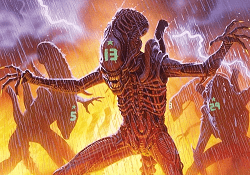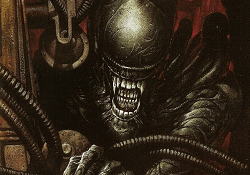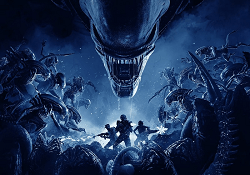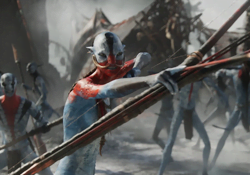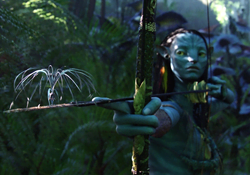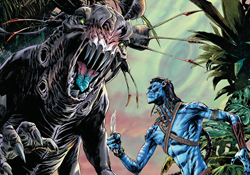Xenomorph Life Cycle: A Guide To Alien Evolution
The Xenomorph species has a fascinating life cycle that has evolved with almost every Alien movie. From the Alien egg to the giant Alien Queen, the Xenomorphs go through many different stages that each serve a specific and important purpose. Above all, the Xenomorphs are dedicated to expanding the hive and reproducing, often going to great lengths to achieve their goal, sacrificing their individual members in the process. Here is an overview of the Alien Life Cycle in the simplest form, leaving out many of the often ridiculous Xenomorph types from the expanded Alien lore.
Egg
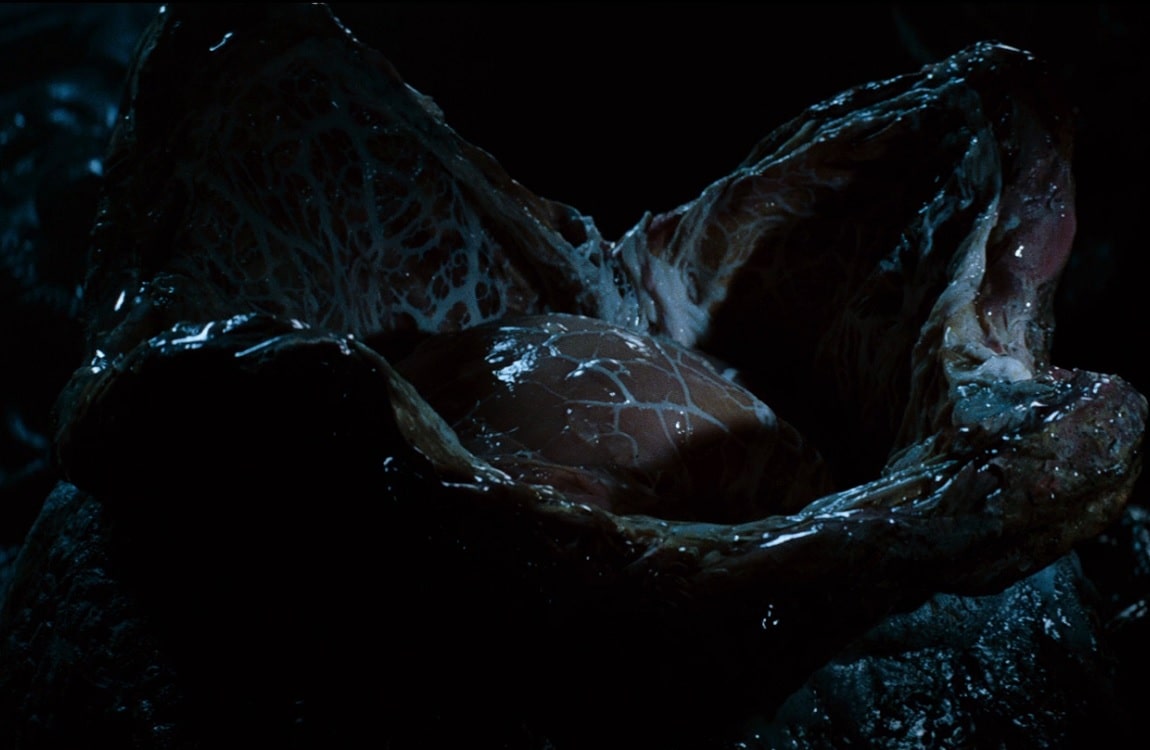
The Xenomorph life cycle commences with the egg, also known as the Ovomorph. Featured in all Alien movies except Prometheus, this leathery orb poses significant danger to those who approach it too closely. Notably, eggs exhibit the ability to detect movement, ground vibrations, and even the scent of potential hosts, triggering the activation of the facehugger concealed within. With a remarkable ability to survive for thousands of years and potentially possessing acidic properties, these eggs can also be strategically employed by the Aliens as traps in narrow passages, capitalizing on their victims' vulnerability.

Facehugger

The facehugger represents the subsequent phase in the Xenomorph life cycle, embodying a crab-like creature that latches onto the nearest viable host. Whether the potential host is human, animal, Predator, or even a Space Jockey, the facehugger skillfully entwines its fingers around the victim's face while wrapping its tail around their neck. Removing a facehugger is an arduous task, and attempting to do so typically results in the victim's demise. The facehuggers bleed acid, an important trait of the Xenomorph anatomy that is shared across all of it's stages. After successfully implanting the embryo, the facehugger detaches and perishes.
Royal Facehugger

Distinguished by its larger size, the royal facehugger, also known as a Super Facehugger, carries a queen embryo and has a longer incubation period compared to its regular counterpart. Additionally, the royal facehugger can harbor a Xenomorph warrior embryo designated to protect the Queen. Its flipper-like legs and darker skin tone impart an aquatic presence, setting it apart from other facehuggers. The Royal Facehugger was present only in the Special Edition of Alien 3, and neatly explained how there could be two Xenomorphs from only one egg.

Chestburster
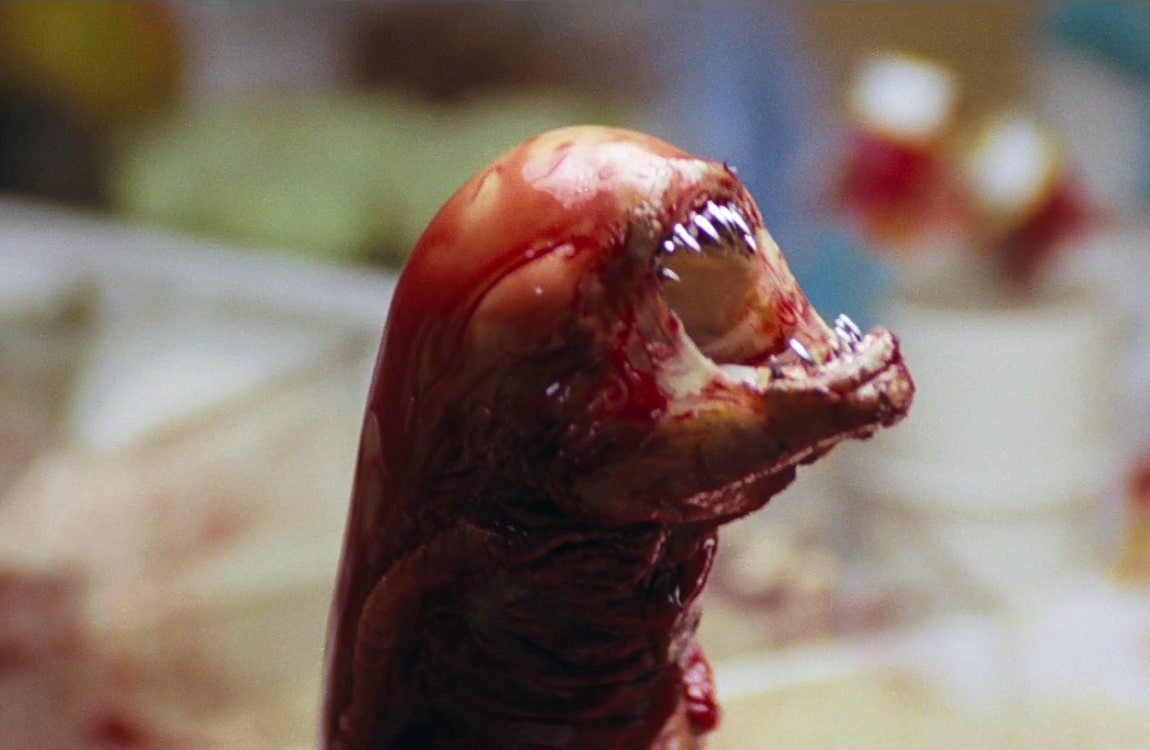
The chestburster stage showcases the emergence of an infant Xenomorph from its host by violently biting through the ribcage. These newly born Xenomorphs are small in size, lacking limbs or possessing very short ones, and display light-colored skin. Within a few hours, they shed their skin and undergo rapid growth. Although still highly aggressive and capable of attacking if provoked, chestbursters typically seek hiding places until they reach full maturity.
Cocoon

Alien: Romulus introduced a new lifecycle stage between the chestburster and the adult, which was never before seen in Alien lore. After shedding its skin, the chestburster formed a cocoon on a wall of the Corbelan IV, perhaps strategically placed near the only exit of the ship. The adult Warrior then emerged headfirst from the cocoon fully grown. The cocoon wasn't fully unprotected, the Xenomorph could defend itself with the tip of its tail. It stabbed Bjorn, who was attacking the cocoon with a cattle prod. The cocoon stage is similar to the concept of Eggmorphing, but does not require an additional host.
Xenomorph Warrior
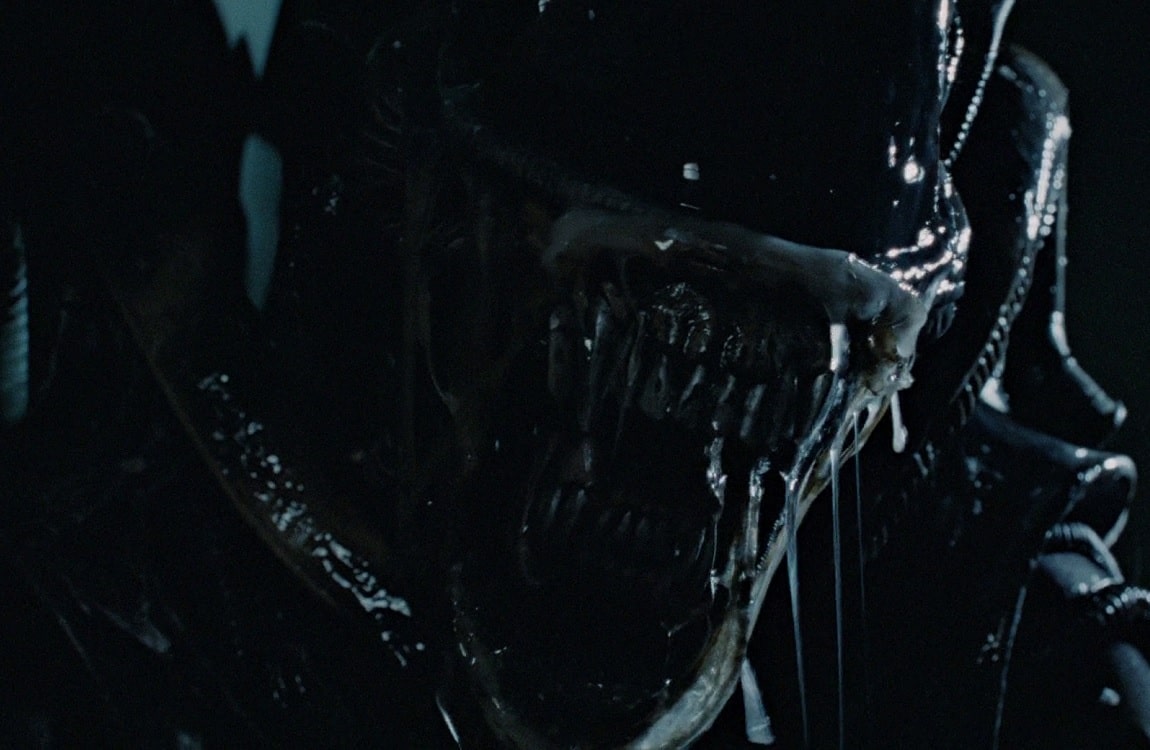
Among the various Xenomorph types, the Xenomorph warrior is perhaps the most common and extensively produced. While their appearances may vary slightly, these warriors generally feature ridged heads. Operating alone, warriors often rely on stealth when hunting. However, they readily switch to a mass assault strategy when their numbers are sufficient. Armed with their inner mouths, claws, and tails, they possess formidable offensive capabilities. It's worth noting that Xenomorph warriors often choose to capture their victims instead of outright killing them, thus bolstering the population of the Alien hive.
Xenomorph Drone

There has been ongoing debate within the Alien fandom regarding the distinction between Xenomorph drones and warriors. Recent consensus suggests that the two castes are essentially the same. However, certain Alien media, such as the recent Aliens: Fireteam Elite game, categorizes them as separate classes, necessitating their inclusion for the sake of completeness. Xenomorph drones typically operate alone, displaying smooth heads, and typically opting to kill their prey rather than capturing them. Notably, the drone in Aliens: Fireteam Elite employs hit-and-run tactics, retreating to the ventilation system after inflicting wounds upon the Colonial Marines. Memorable drones include Kane's son from the original Alien movie and Stompy, the Xenomorph aboard the Sevastopol station in Alien: Isolation.
Queen
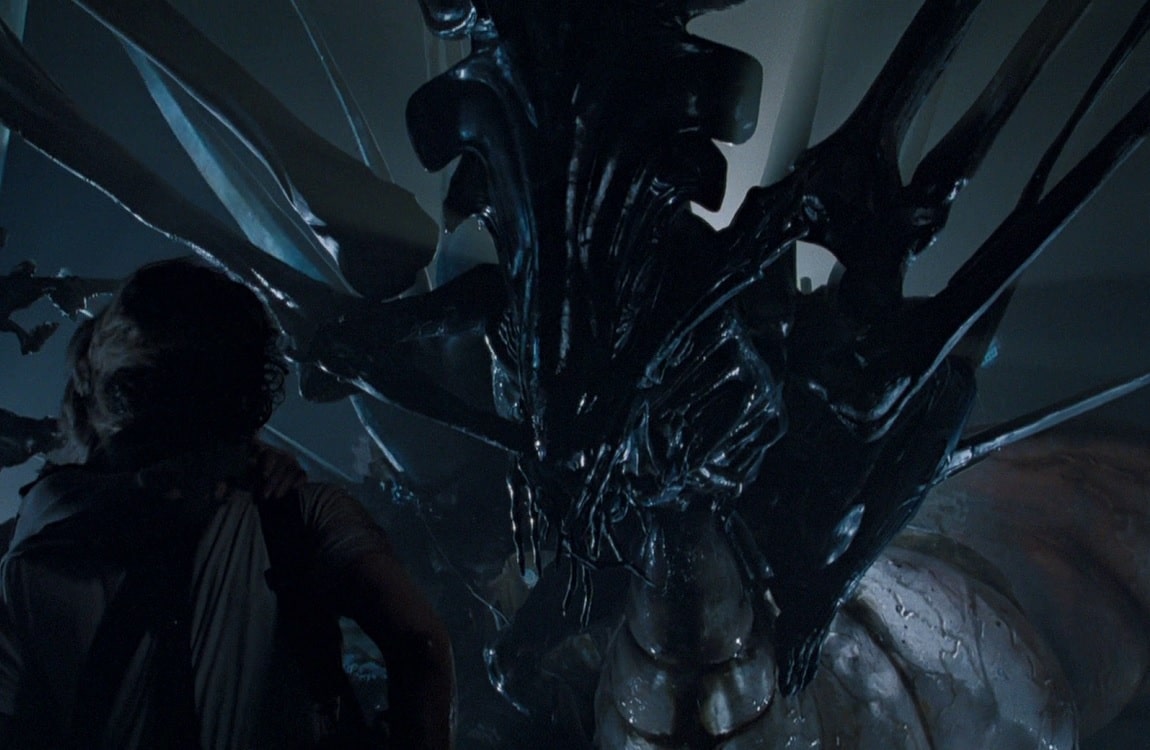
The Alien Queen stands as one of the largest Xenomorph types and assumes a leadership role within the hive. Possessing heightened intelligence compared to other hive members, her primary function revolves around egg production facilitated by her ovipositor. When necessary, the queen detaches from the egg sack and engages in fierce combat to safeguard the hive's survival. As a female Xenomorph, she exhibits a powerful maternal instinct, going to great lengths to protect her eggs and chestbursters.
Praetorian

Though absent from the movies, the Praetorian emerges as a royal guardian for the queen and her eggs. Frequently encountered in Alien vs. Predator games, where it often assumes the role of a formidable boss-type enemy, the Praetorian surpasses regular warriors in size and toughness, though still falling slightly short of the queen's imposing stature. It is possible that Praetorians are developed from regular Warriors, when they either mature or mutate into this powerful form when the need arises.
Alternate Life Cycle: Eggmorphing
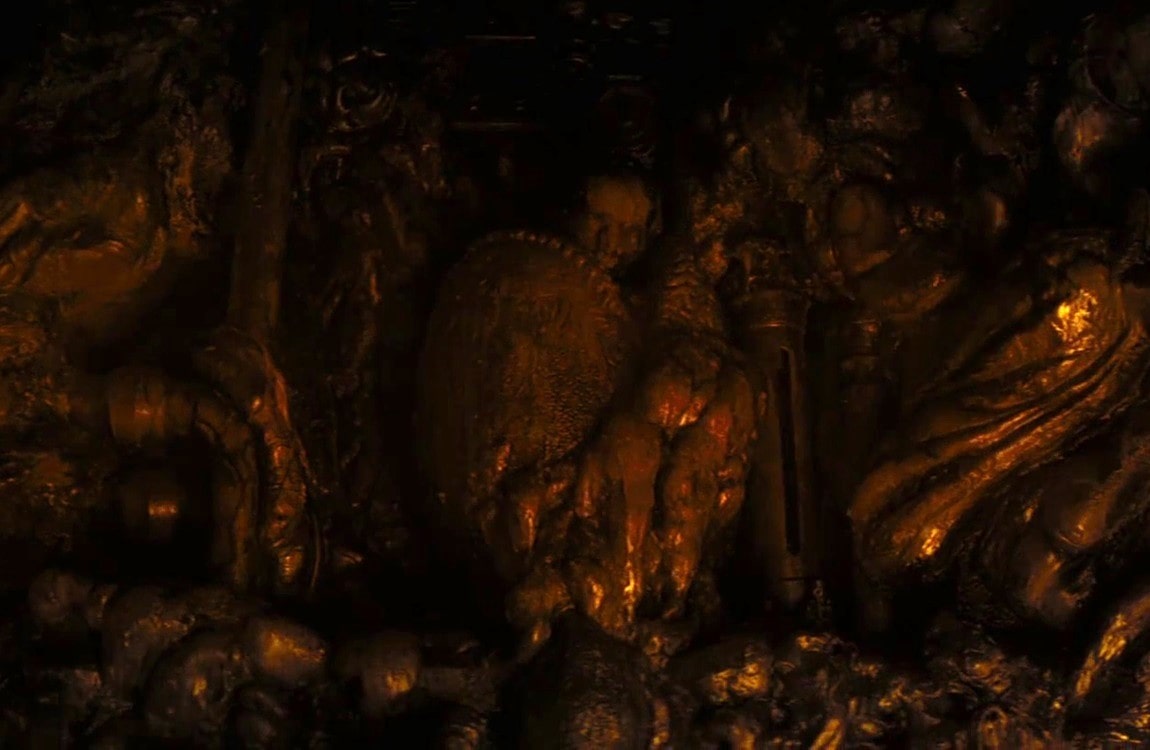
The concept of the Eggmorphing introduces a chilling new aspect to the Xenomorph lifecycle. In the director's cut of the original Alien film, Brett and Dallas are shown being slowly transformed into eggs. This implies a secondary reproduction method for the Xenomorphs, used in the absence of a Queen. While not extensively explored in the main films, this process adds a layer of body horror and highlights the species' adaptability and relentless drive. This secondary lifecycle is somewhat inefficient, as it requires two hosts to produce a single Xenomorph. However, if the resulting Xenomorph becomes a Queen, the lifecycle returns to the traditional egg-laying method.
Alternate Life Cycle: Bellybursters
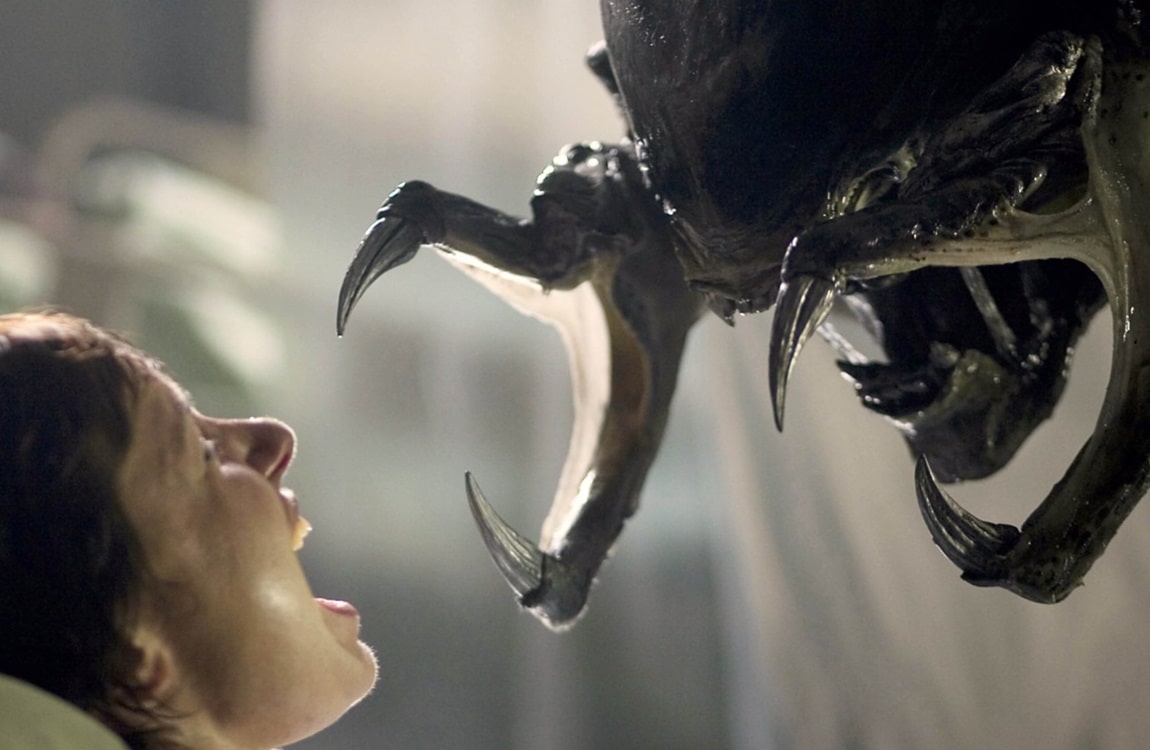
In Aliens vs. Predator: Requiem, another horrifying method of chestburster reproduction was introduced. The Predalien bypassed the traditional xenomorph life cycle and facehugger stage. It directly implanted multiple Xenomorph embryos into pregnant women in the maternity ward using its mouth. These embryos developed inside the wombs and later burst through the stomach, with each host producing at least three Xenomorphs. Despite their unique birth method, these creatures appeared to be standard Xenomorphs and did not display any Predalien traits.
Conclusion
In conclusion, the Xenomorph life cycle provides a captivating glimpse into the extraordinary evolution of these enigmatic creatures. From their ominous egg stage to the emergence of queens and the diverse castes of warriors and drones, each step in the Xenomorph life cycle unravels new facets of their formidable existence. Rare alternate life cycles exist, such as the eggmorphing process and the Predalien's unique reproductive method. The saga of Alien evolution continues to enthral fans and scientists alike, with the intricate stages of the Xenomorph life cycle standing as a testament to their enduring intrigue.
Tag Categories: Xenomorph Behaviour, Xenomorph Appearance

